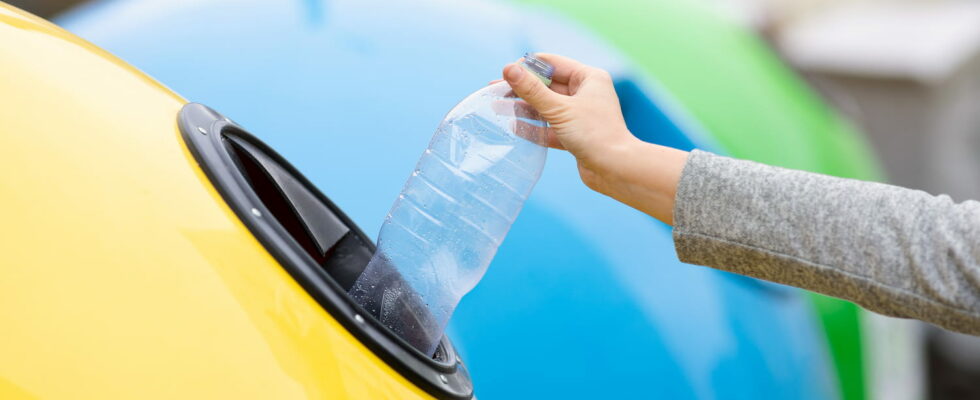Sorting household waste is essential. And it has now become well established. But, despite good intentions, many of us still make a mistake when filling the yellow trash…
As the ecological crisis becomes increasingly felt, it is essential that we reduce our environmental footprint as much as possible, and this starts with small, everyday actions. Starting with sorting your waste. Because waste management is a major issue of our time. In a world where consumption and production are constantly increasing, it is crucial to adopt efficient sorting practices. According to Ademe estimates, each French person produces 568 kg of waste per year.
This is why it is essential to sort your waste. By separating them into different bins, we contribute to their treatment and recycling. There are three bins: the green bin, intended to accommodate glass; the yellow bin, for recyclable waste; and the brown trash can, for non-recyclable waste. They can be supplemented by a bin for organic waste (meal leftovers, peelings, dead leaves, etc.), which can then be composted or placed in bins dedicated to the separate collection of this type of waste.
The yellow trash can plays a particularly important role. As a reminder, it accepts packaging and waste made of metal, steel and/or aluminum (cans, cans, aerosols, etc.), cardboard packaging and food cartons (milk cartons, fruit juice cartons). , cardboard boxes of cakes, cereals or the cardboard surrounding yogurts, etc.), paper (newspapers, magazines, advertisements, books, envelopes, etc.) and packaging and plastic waste (water bottles, detergent cans, bags of frozen foods, plastic bags, plastic bottles, etc.).
However, there is a mistake that we often make, and which should absolutely be avoided. Indeed, we tend to stack packaging together. An action to be banned at all costs, because it ultimately prevents the waste in question from being properly recycled.
The idea of “fitting more trash” into a small space may seem like a good idea. But at the sorting center, this habit, called the “bird’s nest”, turns out to be a real disaster. When waste is nested, it becomes inseparable. The machine, although designed to separate materials with precision, is incapable of identifying the exact nature of one waste nested within another. A box containing a plastic bottle or aluminum packaging is no longer detected as recyclable. Result: everything ends up being incinerated or sent to landfill.
This error, frequent and well intentioned, is all the more damaging because it is avoidable. According to Siredom, the Ile-de-France waste management union, in 2022, sorting errors represent 38% of the tonnages collected. An alarming figure, especially when we know that France is already struggling to achieve its European recycling objectives.
However, the solution is simple. Each waste must be deposited individually, without being compacted or nested inside another. Leaving packaging in its original condition makes it easier to recognize and process. Even if it seems to take up more space, it is a necessary evil to optimize recycling. Ultimately, it is better to flatten the packaging. Keep in mind that, to be effective, sorting requires a little rigor. Because every package counts.
